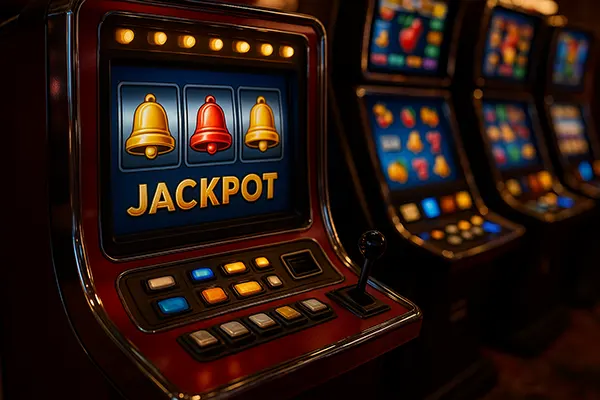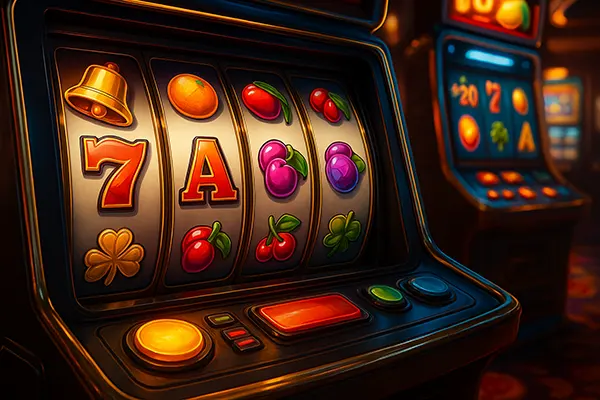
Progressive Jackpots: How They Are Formed and Why They Sometimes Offer a Mathematical Edge to Players
Progressive jackpots are among the most exciting features in modern gambling, attracting attention with the promise of life-changing wins. These jackpots grow over time, fuelled by a small portion of each player’s wager, until a lucky spin or hand triggers the full prize. While most players view them purely as a game of chance, the underlying mathematics reveals moments when they can actually offer a statistical advantage. Understanding how these jackpots are structured, and when they become favourable, is key for informed and strategic play.
Mechanics of Progressive Jackpot Formation
At the heart of a progressive jackpot is a simple concept: every wager placed contributes a fraction towards a shared prize pool. This pool is not static — it increases continuously across all participating games and, in some cases, across multiple casinos connected to the same jackpot network. The growth rate depends on the number of players and the size of the contributions, which are predetermined by the game’s design.
Most progressive systems start with a “seed” amount — an initial jackpot value set by the operator. This ensures the prize is always attractive, even immediately after a win. As players place bets, a fixed percentage — often between 1% and 5% — is allocated to the jackpot. This system is fully automated and transparent in regulated markets, ensuring fairness and consistency in growth.
Some jackpots are local, growing only from bets made within a single gambling venue, while others are networked, pooling contributions from multiple venues. Networked jackpots tend to grow much faster and reach substantially higher amounts, making them especially appealing to those aiming for the largest possible win.
Transparency and Regulation in Jackpot Growth
In regulated jurisdictions, the process of jackpot accumulation is closely monitored by gaming authorities. These regulators verify that contributions from wagers are correctly allocated and that advertised jackpot amounts are accurate in real time. This oversight ensures that players can trust the figures they see displayed on jackpot meters.
Transparency is further reinforced through certified Random Number Generators (RNGs), which ensure that the triggering of the jackpot is entirely random and free from manipulation. Independent testing agencies frequently audit these systems to confirm compliance with industry standards.
For players, this means that while the jackpot’s triggering moment cannot be predicted, the way it grows is fully predictable and backed by mathematical certainty. This knowledge is essential for understanding when a jackpot has reached a potentially favourable state.
When Progressive Jackpots Offer a Player Edge
In most scenarios, the house retains a statistical advantage, meaning that over time, the game is profitable for the operator. However, with progressive jackpots, there are exceptional moments when the expected return to player (RTP) surpasses 100%, creating a positive expected value (EV) situation for the player. These rare opportunities occur when the jackpot has grown disproportionately large compared to the cost of playing.
The mathematical principle behind this is straightforward: the bigger the jackpot in relation to the wager, the greater the portion of value it adds to the RTP. If the jackpot contribution boosts the RTP above the breakeven point, the player theoretically has a statistical advantage. Identifying this threshold requires knowledge of the game’s base RTP, contribution rate, and jackpot trigger probability.
Professional advantage players often monitor progressive jackpots closely, calculating the exact moment when they become favourable. This approach demands discipline, precise data, and quick action, as these favourable windows can be short-lived once the jackpot is won.
Examples of Positive EV Scenarios
Consider a slot machine with a base RTP of 94% and a progressive jackpot that contributes 1.5% towards the total RTP when at its starting value. If the jackpot grows to a point where it adds 7% or more to the RTP, the overall return exceeds 100%, making it theoretically profitable to play over the long term.
In some video poker variants with progressive jackpots, the required jackpot threshold for profitability is well documented among advantage players. Once the prize pool reaches a specific amount, each hand played under optimal strategy becomes mathematically advantageous.
It’s worth noting that while these opportunities exist, they require both the skill to identify them and the willingness to commit significant playtime before the jackpot is hit. For most casual players, the entertainment value remains the primary draw.

Strategic Considerations for Jackpot Play
Even when a progressive jackpot appears mathematically favourable, strategic factors influence the outcome. Bankroll management is critical, as chasing a jackpot requires a potentially large number of spins or hands. Players must ensure they have the funds to sustain play until the favourable condition either results in a win or becomes invalid after the jackpot is won by another player.
Timing is equally important. The advantage window may last only minutes or hours, particularly for popular games in high-traffic venues. Entering play at the optimal moment increases the likelihood of benefiting from the positive EV situation.
Finally, understanding the volatility of progressive jackpots is essential. These games are high variance by nature, meaning long stretches without a win are normal. This risk must be balanced against the potential reward and the rarity of favourable mathematical conditions.
Balancing Risk and Reward
Progressive jackpots offer a unique intersection between entertainment and strategy. While the majority of players engage with them for the excitement and possibility of a large payout, informed individuals can use mathematical analysis to identify moments of potential advantage.
Responsible play should always be the priority, ensuring that the pursuit of a jackpot remains within personal limits. Chasing positive EV opportunities should be approached with caution, as variance can still lead to substantial losses before the statistical edge is realised.
In summary, progressive jackpots are more than just random opportunities for massive wins. When approached with data, strategy, and discipline, they can occasionally tilt the odds in the player’s favour — a rare occurrence in the gambling landscape.



